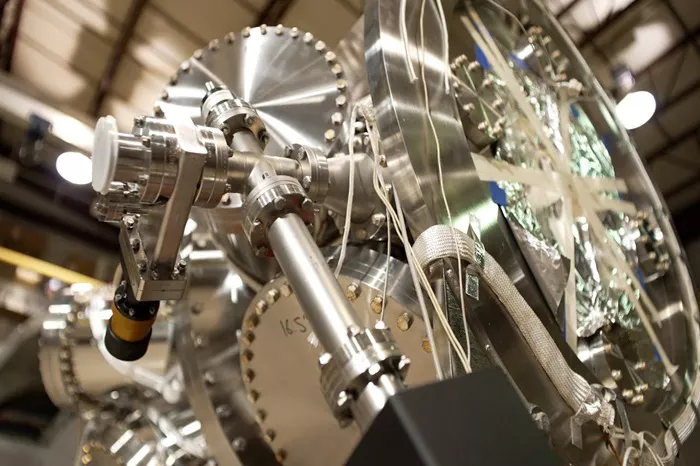A single offshore wind turbine off the U.S. Northeast coast can power thousands of homes without the pollution produced by fossil fuel plants. A dozen turbines combined could supply electricity to an entire community. The potential to harness this powerful, clean energy source—and the jobs and economic growth it brings—has driven states from Maine to Virginia to invest in the burgeoning offshore wind industry.
However, this progress is now at risk.
In January 2025, one of Donald Trump’s first actions as president was to freeze federal leasing for new offshore wind projects and halt the issuance of permits for ongoing projects. This executive order, combined with Trump’s longstanding opposition to wind power, has created significant uncertainty for the industry at a critical moment, while allowing Europe and China to lead in offshore wind technology.
The Northeast’s coastal states are ideally positioned to capitalize on this vast renewable resource. With the right infrastructure, offshore wind could supply significant clean energy, create jobs, and help meet ambitious climate goals. The Biden administration set a target for 30 gigawatts of offshore wind capacity by 2030, with plans for 110 gigawatts by 2050. It projected that the industry would support 77,000 jobs and power 10 million homes. As of 2021, there were 28 gigawatts of offshore wind projects in various stages of planning and development.
However, under Trump’s freeze, the U.S. is now on track to have less than 5 gigawatts of offshore wind capacity in operation by 2030—far below the national target. In comparison, Europe’s offshore wind capacity in 2023 reached 34 gigawatts, up from just 5 gigawatts in 2012, and China’s capacity has also reached 34 gigawatts.
The stakes are high for the coastal states and the broader U.S. wind industry. Offshore wind is a proven technology, with Denmark operating offshore wind farms since the 1990s. The impact of Trump’s order is far-reaching, adding uncertainty to the market and likely raising project costs, which could ultimately result in higher utility bills for consumers.
For instance, Ørsted, an energy company, estimated that its proposed Starboard Offshore Wind project in Connecticut could generate nearly $420 million in investment and create 800 full-time jobs, along with improving energy system reliability. Massachusetts, which established an Offshore Wind Energy Investment Trust Fund to support the industry, also saw a company pull out of plans to build a high-voltage cable manufacturing facility in January 2025 due to the shift in support for offshore wind. Grid upgrades critical for reducing greenhouse gas emissions will also be delayed.
Furthermore, offshore wind technology innovation may shift overseas, as seen in 2013 when Statoil (now Equinor) moved its world-first commercial-scale floating wind farm project from Maine to Scotland after the state’s Republican governor attempted to cancel a contract.
The development of offshore wind projects in the U.S. involves multiple stages, with both federal and state agencies playing key roles in permitting, studies, legal regulations, and community engagement. Trump’s order targets critical steps in this process by halting new leasing and reviewing ongoing federal permits.
The delay in offshore wind development is not just an environmental setback—it’s an economic one. A thriving offshore wind industry could bring tens of thousands of jobs, from turbine assembly to shipping and grid upgrades. These jobs, along with the long-term growth of the sector, would strengthen the U.S. economy while contributing to energy reliability and reducing reliance on fossil fuels.
In addition to job creation, offshore wind infrastructure and manufacturing could drive down costs over time, making U.S.-produced clean energy more competitive in the global market. The Biden administration’s tax incentives, which include provisions from the Inflation Reduction Act, helped lower costs and support initial project financing. However, the uncertainty caused by Trump’s freeze puts these investments at risk, delaying progress and increasing the likelihood of higher costs in the future.
With the regulatory process stalled and infrastructure development on hold, the potential for a flourishing U.S. offshore wind industry is in jeopardy, undermining long-term environmental and economic goals for the nation.

